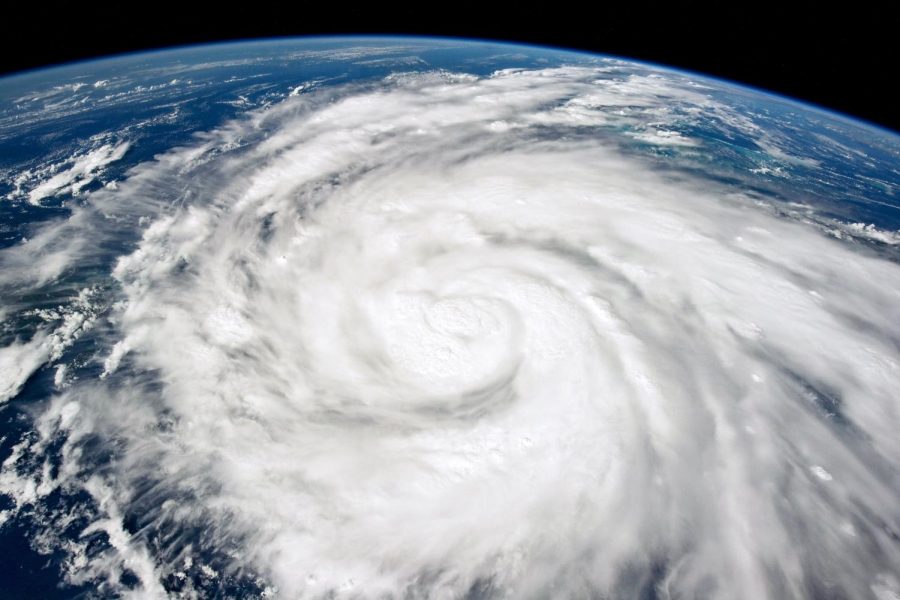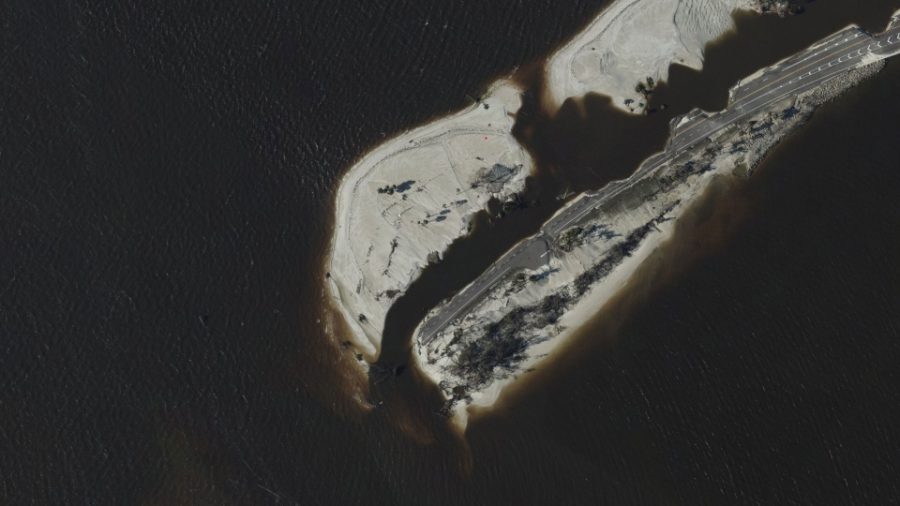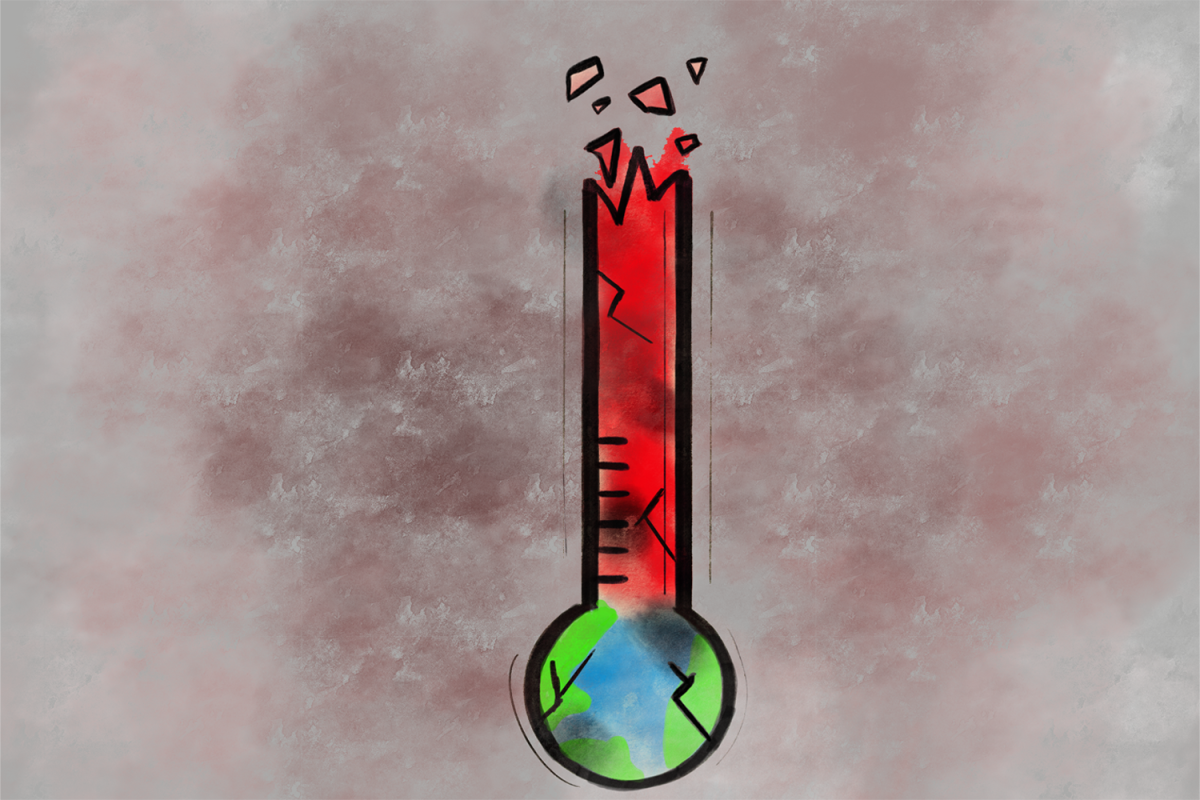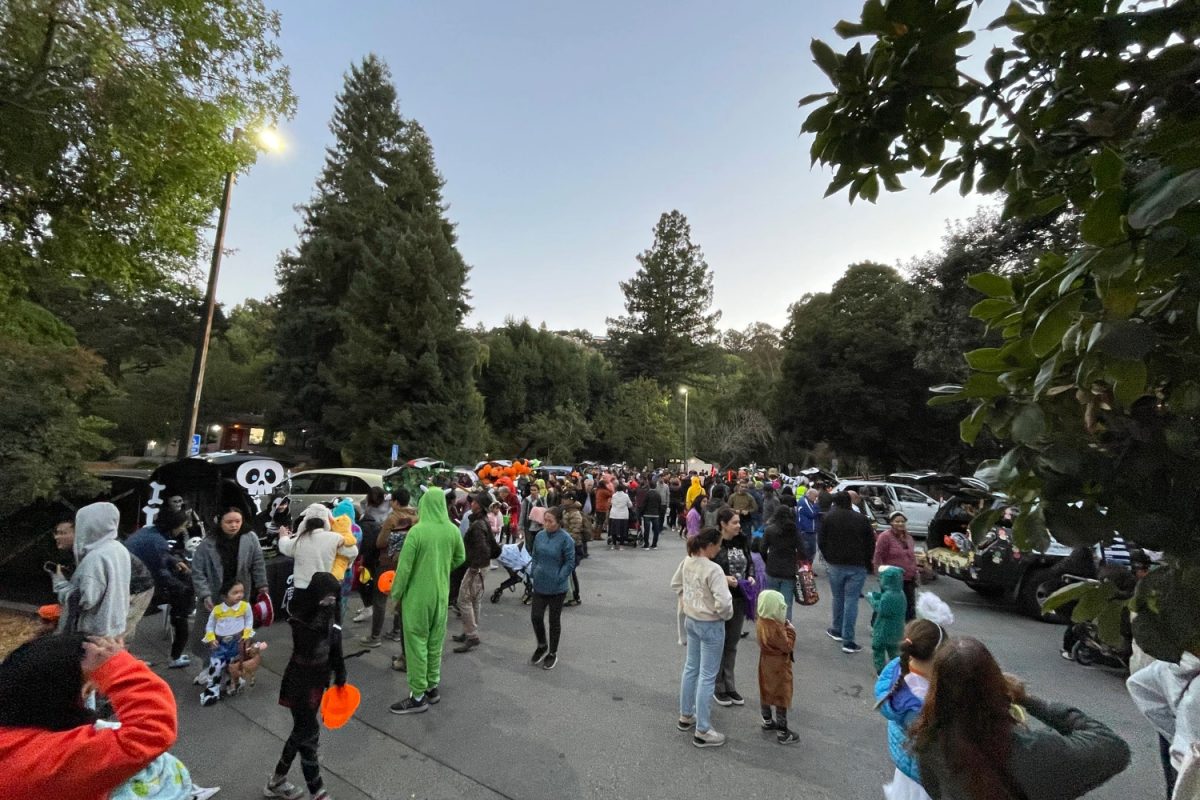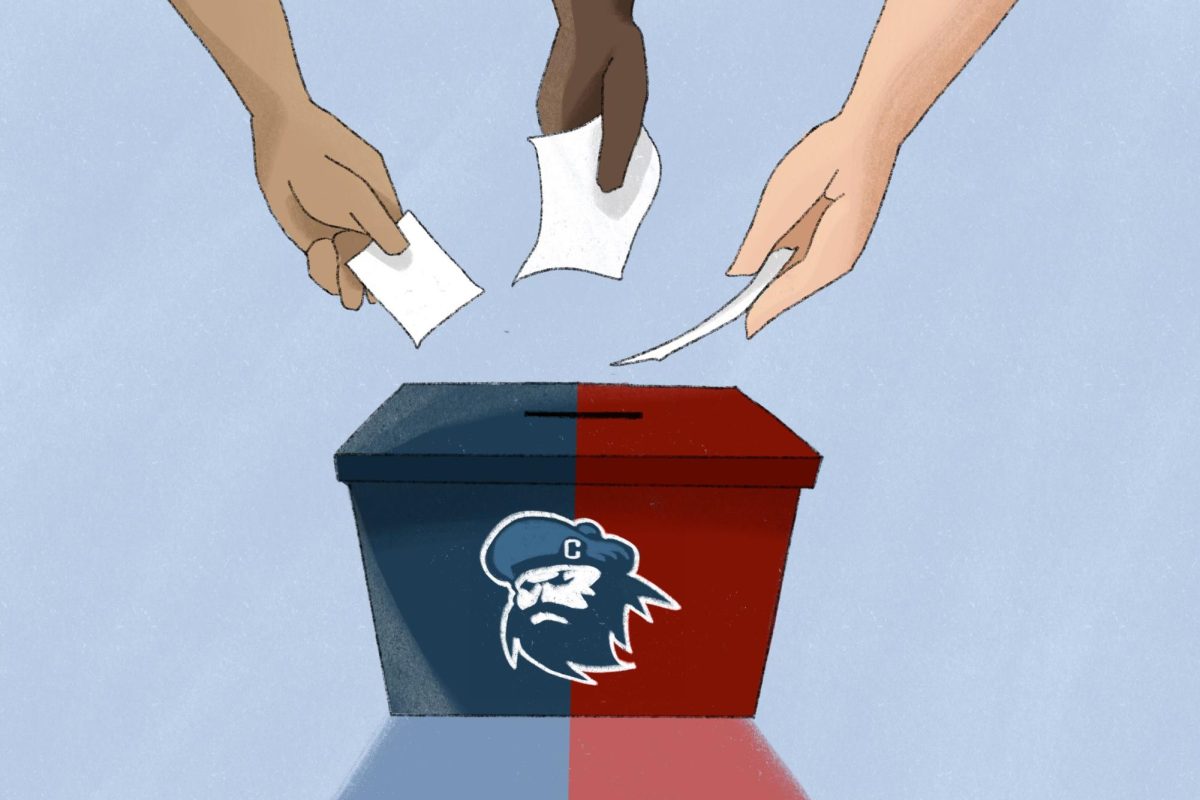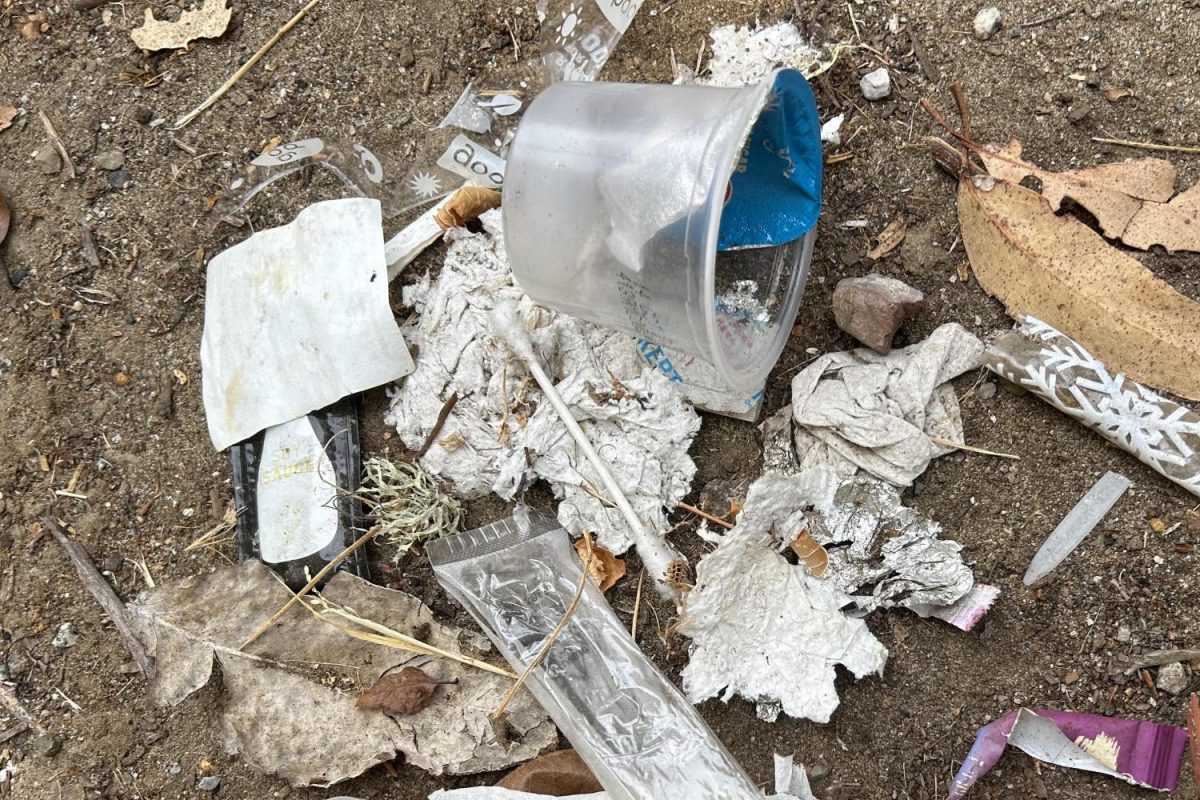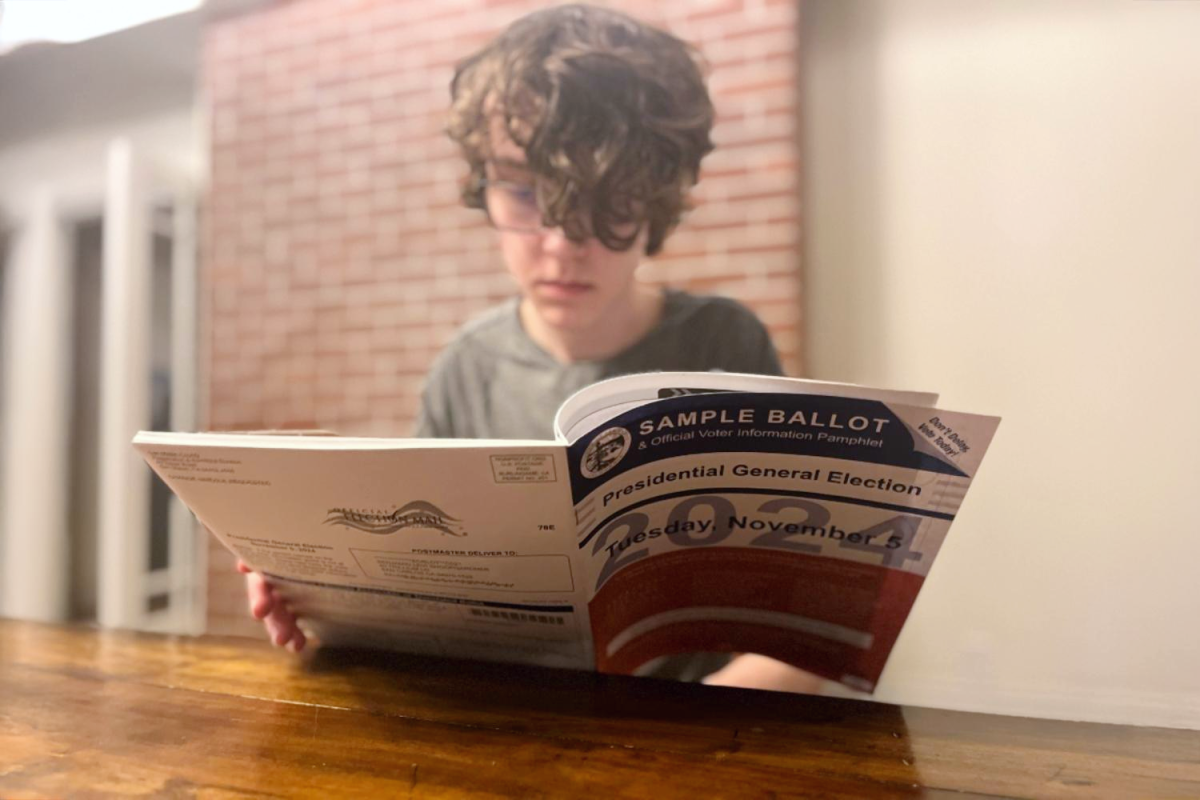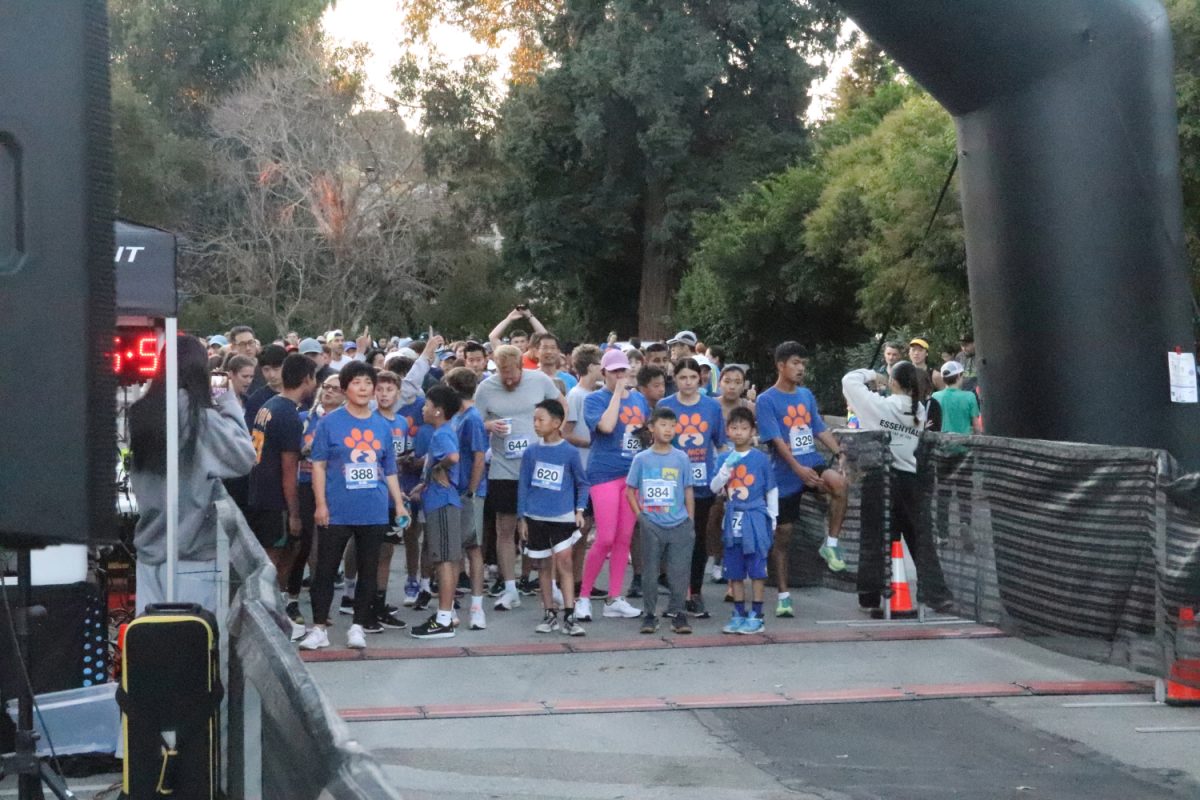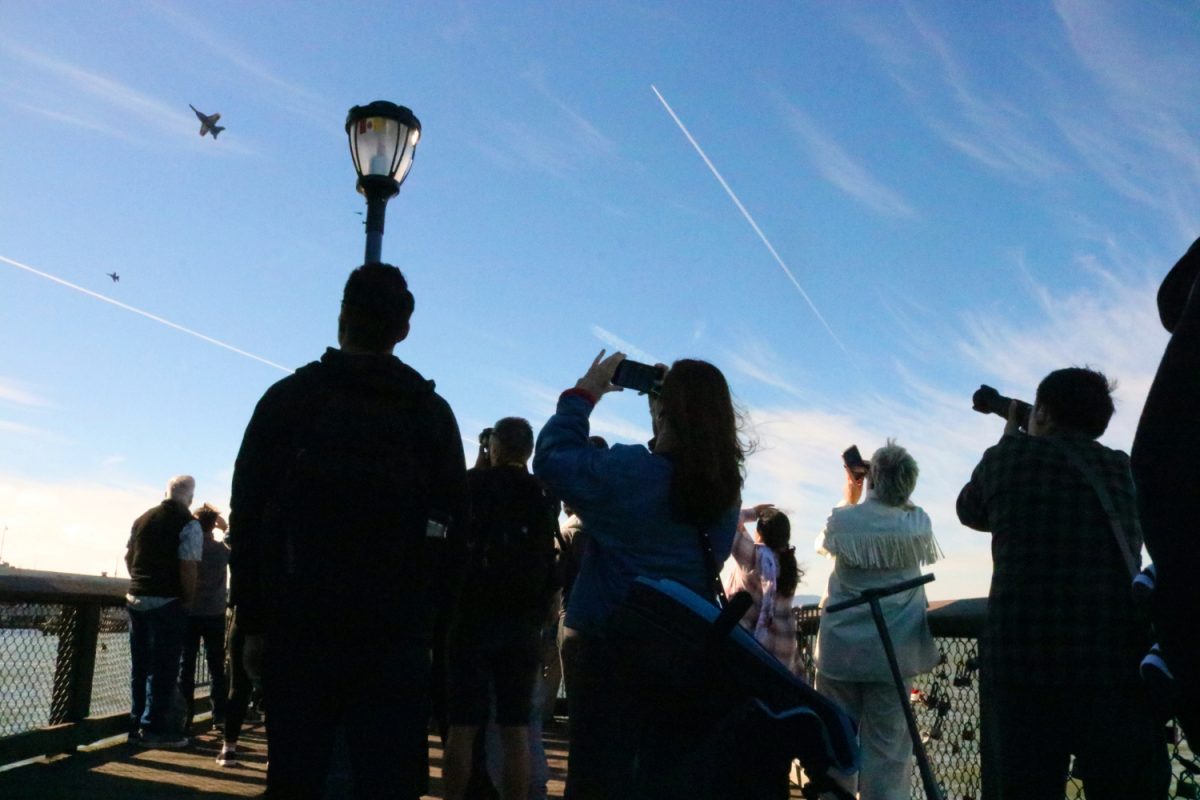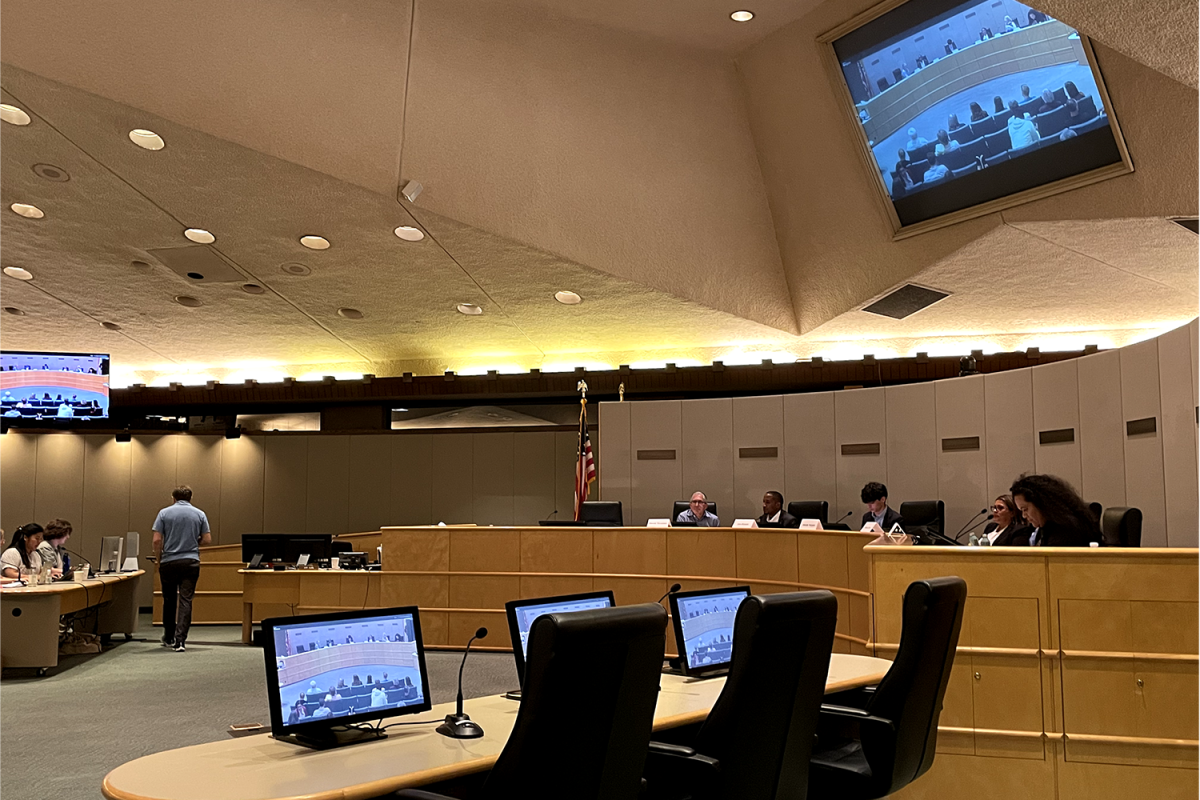Hurricane Ian attacked Florida and South Carolina with an onslaught of torrential rain and wind, causing at least 14 deaths, reminding people of the ongoing climate crisis and the connection between hurricanes and climate change.
According to USA Today, hurricane Ian caused an estimated loss of between $25 and $40 billion and was nearly a Category 5, the highest on the Saffir-Simpson Hurricane scale. According to President Joe Biden, Ian was possibly the “deadliest hurricane in Florida’s history.”
According to Julie Hilborn, Environmental Literacy and Sustainability Coordinator at the San Mateo County Office of Education, climate change causes ocean warming and leads to more water evaporating into the air, thereby creating stronger storms. The connection between the two reveals that as climate change becomes more prominent, the threats of hurricanes will too.
“My thoughts on hurricanes are that all these huge storms that are getting stronger and stronger are very clearly a result of climate change. If you look at past storms over the past 20 years or so, their intensity has become much stronger. Such things as the heat waves we’re seeing, the stronger storms, and even the atmospheric rivers that come through here. All these intense weather events are definitely being aggravated by climate change,” Hilborn said.
Kamille Lang, climate action and youth engagement specialist with San Mateo County’s Office of Sustainability believes these storms project what climate change will look like and the infrastructure updates that are needed.
“Whether it’s emergency preparedness or how to communicate, evacuate, and update infrastructure after a hurricane. This will all have to be a part of the mix as hurricanes become a climate change impact rather than just random weather events,” Lang said.
Fighting climate change will help reduce the intensity of these storms. The next generation has to take action. Groups like the Youth Climate Ambassadors (YCA) and the Green Team at Carlmont provide opportunities to reduce climate change and promote sustainability. But people can also help through simple changes in their daily lives, including using public transportation, walking or biking, and even meal choices. Individuals can reduce the amount of meat they eat in exchange for plant-based foods.
“That doesn’t mean that you have to become a vegetarian, but cows are a huge producer of methane, a very potent greenhouse gas. So making plant-based food choices is the second biggest way that you can really make a difference when it comes to climate change,” Hilborn said.
Changing what you eat isn’t the only way to help. Students can participate in Green Team events as well as meetings during lunch on Tuesdays in E1 to learn more.
“During meetings, we usually focus on a certain sustainability topic. So it can be anything from food waste to transportation or electricity development. Or if we have like a project like our native gardens will center the meeting around current ideas or any ways we can improve. We’ve done some beach cleanups, partnered with other schools to do creek cleanups, and attended climate rallies,” Aran O’Sullivan, senior and president of the Green Team, said.
YCA is another way that high school students can get involved. According to junior Haley Brown, the program educates students on climate change in two parts. The first is an educational section, that covers the basics of what’s going on in the environment, mental nodes, and essential aspects of climate change. The second is a community project that assigns people to groups who put what they learned to work and create a project that will improve the environment.
“We worked on looking at solar panels and how that might impact Carlmont and sustainability and how we can improve Carlmont’s sustainability in general. You have a $500 budget, and you use your knowledge and the funding and help from that to create this great community impact project that ultimately betters the sustainability of your school and the general community, and helps increase awareness about climate change as well,” Brown said.
Working with groups like YCA or the Green Team can help individuals who face climate anxiety. Climate anxiety is when someone wants to help fight climate change but believes they won’t make a significant impact or doesn’t know where to start. This anxiety can cause people to shy away from taking action.
“When you look at climate change, it’s this overbearing and unconquerable issue. But what you learn through working with these people is that when you make a collaborative effort to do better, then you’re not alone. There’s a group of a bunch of people trying to work towards a certain goal. And when you have people making progress, it eases this climate anxiety and feeling of helplessness,” Brown said.
Although working in groups will help more people begin to take action, there are still people out there who lack the motivation to do anything. But, climate change is an issue that impacts everyone, and there will be more hurricanes like Ian if people don’t work together and take action.
“It’s a really hard problem to solve, and we need everyone to be on the same wavelength. It’s happening. It’s real. It’s right here. We have to do something,” Lang said.
If people don’t take action, more issues will arise and climate change will become a stronger opponent. It will be more difficult to address the issue and reverse climate change.
“We are the ‘next generation.’ What use is it to us if our world is threatened by rising sea levels, wildfires, and rising temperatures? And all these storms we’re seeing now, like, what kind of world do we want to inherit?” O’Sullivan said.

